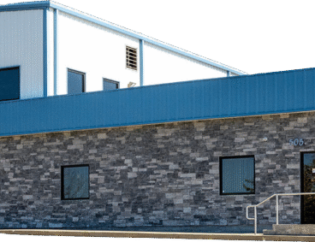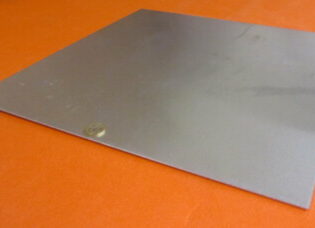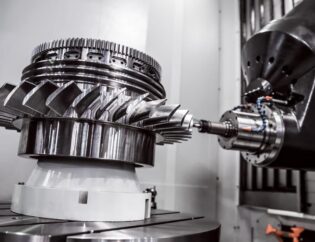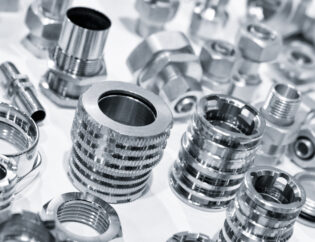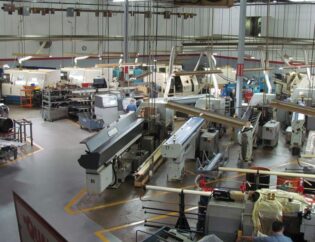Polycarbonate machining is a crucial process in various industries, from automotive to electronics. This versatile thermoplastic offers exceptional strength, clarity, and impact resistance, making it a preferred choice for many applications. Understanding the intricacies of machining polycarbonate can significantly enhance product quality and performance.
In this guide, readers will explore essential techniques, tools, and best practices for effectively machining polycarbonate. We will cover everything from cutting methods to finishing techniques, ensuring you gain a comprehensive understanding of the material’s properties and machining requirements. By the end, you will be equipped with the knowledge to optimize your machining processes and achieve superior results.
Machining Polycarbonate (PC): A Comprehensive Guide
Polycarbonate, one of the oldest known polymers, was first discovered in 1898 by Alfred Einhorn at the University of Munich. It was not until 1953 that Bayer patented the first linear polycarbonate and branded it as “Makrolon.” Ever since then, this material has become one of the most commonly used polymers across multiple industries. Known for its durability, stability, and clarity, polycarbonate is commonly found in car lighting systems, shatter-proof windows, and “glass parts” replacement in aerospace applications like military fighter jet canopies, as well as laboratory lenses, heat-loaded plastic parts, electric circuits, and other electrical applications. Not only is PC tough with excellent impact strength, but it is also easily machined, molded, and thermoformed.
Technical Features of Polycarbonate
Polycarbonate exhibits several technical features that make it a preferred choice for various applications. Below is a comparison table highlighting its key properties:
| Property | Description |
|---|---|
| Impact Resistance | Exceptional toughness and resistance to impact, ideal for high-performance applications. |
| Optical Clarity | High transparency with a refractive index of 1.548, making it suitable for optical applications. |
| Thermal Stability | Remains stable up to 135°C, with enhanced resistance when flame retardants are added. |
| Chemical Resistance | Exhibits high resistance to alcohols, oils, and acids, making it suitable for various environments. |
| Dimensional Stability | Low shrink rate (0.6%-0.9%), ensuring precise tolerances in machined parts. |
| UV Resistance | Certain grades block 100% of sunlight, providing exceptional UV light resistance. |
| Machinability | Highly machinable, allowing for complex shapes and designs with standard cutting tools. |
Types of Polycarbonate
Polycarbonate comes in various grades, each tailored for specific applications. The following table summarizes the different types of polycarbonate and their characteristics:
| Type | Description |
|---|---|
| General Purpose Polycarbonate | Offers high toughness and transparency, suitable for aesthetic applications. |
| Glass-Filled Polycarbonate | Contains 10-40% glass fibers, enhancing strength and making it a substitute for metals. |
| Machine Grade Polycarbonate | Exhibits excellent dimensional stability and is ideal for applications requiring significant fabrication efforts. |
| AMGARD™ Polycarbonate | Incorporates silver ions to prevent microbial growth, ideal for medical applications. |
| TUFFAK® Polycarbonate | Twice the strength of glass, suitable for thermoforming and CNC machining. |
Machining Polycarbonate
Machining polycarbonate involves several techniques, including CNC milling, turning, and laser cutting. The choice of method depends on the desired shape, size, and finish of the final product.
CNC Machining
CNC machining is a popular method for producing precision parts from polycarbonate. It allows for high accuracy and repeatability, making it suitable for complex designs. Companies like AIP Precision and Protolabs utilize advanced CNC technology to ensure high-quality machined components.
Benefits of CNC Machining Polycarbonate
- High Precision: CNC machining provides tight tolerances, ensuring that parts fit together perfectly.
- Versatility: Suitable for various applications, from automotive to medical devices.
- Cost-Effectiveness: Reduces waste and allows for efficient production runs.
Challenges in Machining Polycarbonate
While polycarbonate is easy to machine, there are challenges to consider:
– Heat Sensitivity: Excessive heat can cause deformation, requiring careful control of machining parameters.
– Scratching: Polycarbonate is prone to scratching, necessitating protective coatings or careful handling during machining.
Applications of Machined Polycarbonate
Machined polycarbonate parts are widely used across various industries. Here are some common applications:
– Automotive: Used for headlight lenses, signal lights, and other transparent components due to its impact resistance.
– Medical: Employed in devices like dialysis machines and incubators, where clarity and sterilization are crucial.
– Aerospace: Utilized in military fighter jet canopies and other applications requiring high strength and clarity.
– Consumer Products: Found in household appliances, protective gear, and electronic enclosures.
Conclusion
Polycarbonate is a versatile and durable material that offers numerous advantages for machining applications. Its excellent mechanical properties, combined with its ease of machining, make it a preferred choice in various industries. Companies like AIP Precision, AT Machining, Runsom Precision, Emco Plastics, and Protolabs are leading the way in providing high-quality machined polycarbonate parts tailored to meet specific customer needs.
FAQs
1. What is polycarbonate?
Polycarbonate (PC) is an amorphous thermoplastic known for its high impact resistance, optical clarity, and excellent machinability.
2. How is polycarbonate machined?
Polycarbonate can be machined using various methods, including CNC milling, turning, and laser cutting, depending on the desired shape and finish.
3. What are the benefits of using polycarbonate?
Polycarbonate offers high impact strength, UV resistance, excellent dimensional stability, and is highly machinable, making it suitable for various applications.
4. What are the common applications of machined polycarbonate?
Machined polycarbonate is commonly used in automotive parts, medical devices, aerospace applications, and consumer products.
5. Are there any limitations to machining polycarbonate?
Yes, polycarbonate can be prone to scratching and deformation due to heat, requiring careful handling and machining parameters to mitigate these issues.

